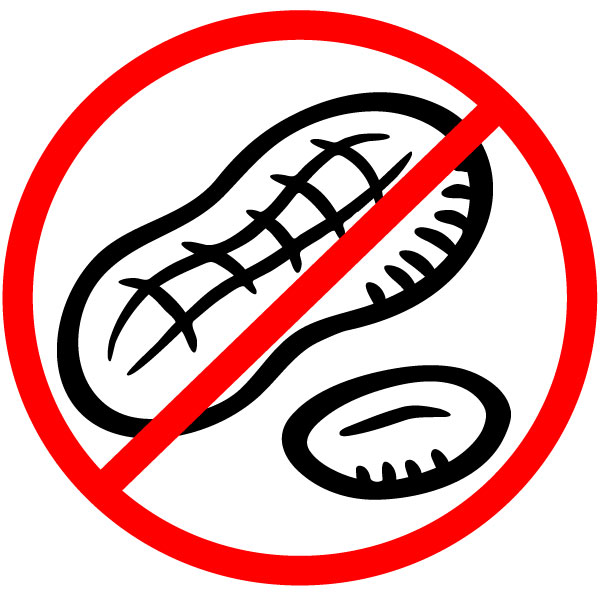Allergens
Where needed, food labels may also include an “Allergen Declarations and Gluten Sources” statement which captures the top ten priority food allergens. The ten priority allergens are set by Health Canada and include egg, soy, sesame seeds, milk, seafood, tree nuts (including peanuts as per Figure 2.4), sulphites, wheat, and mustard. If any of these priority food allergens are present, they must be listed in the ingredients and/or in a statement that begins with “contains” or “may contain” on a food product label.

It is prudent for any consumer, particularly people with food allergies or those who are purchasing or preparing food for people with allergies, to read food labels. It is important to note that companies can change ingredients without telling consumers; therefore, the responsibility to read labels remains with the consumer. When clients have an allergy, it is meaningful to discuss the importance of letting the host of a social gathering know ahead of time and always talking with the seller or producer of food at farmer’s markets and restaurants.
Attribution statement
Unless otherwise noted, content from this page was adapted with editorial changes from Nutrition and Labelling for the Canadian Baker by go2HR and is used under a Creative Commons Attribution 4.0 International License.

